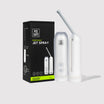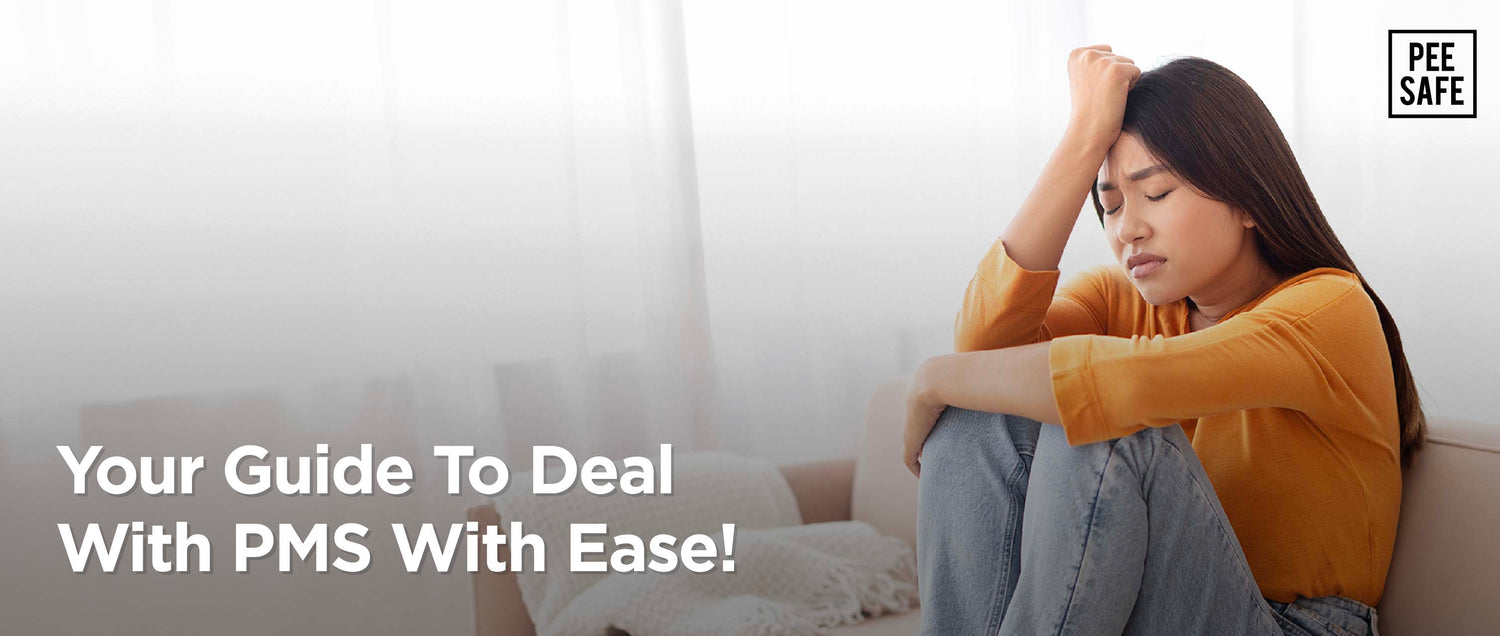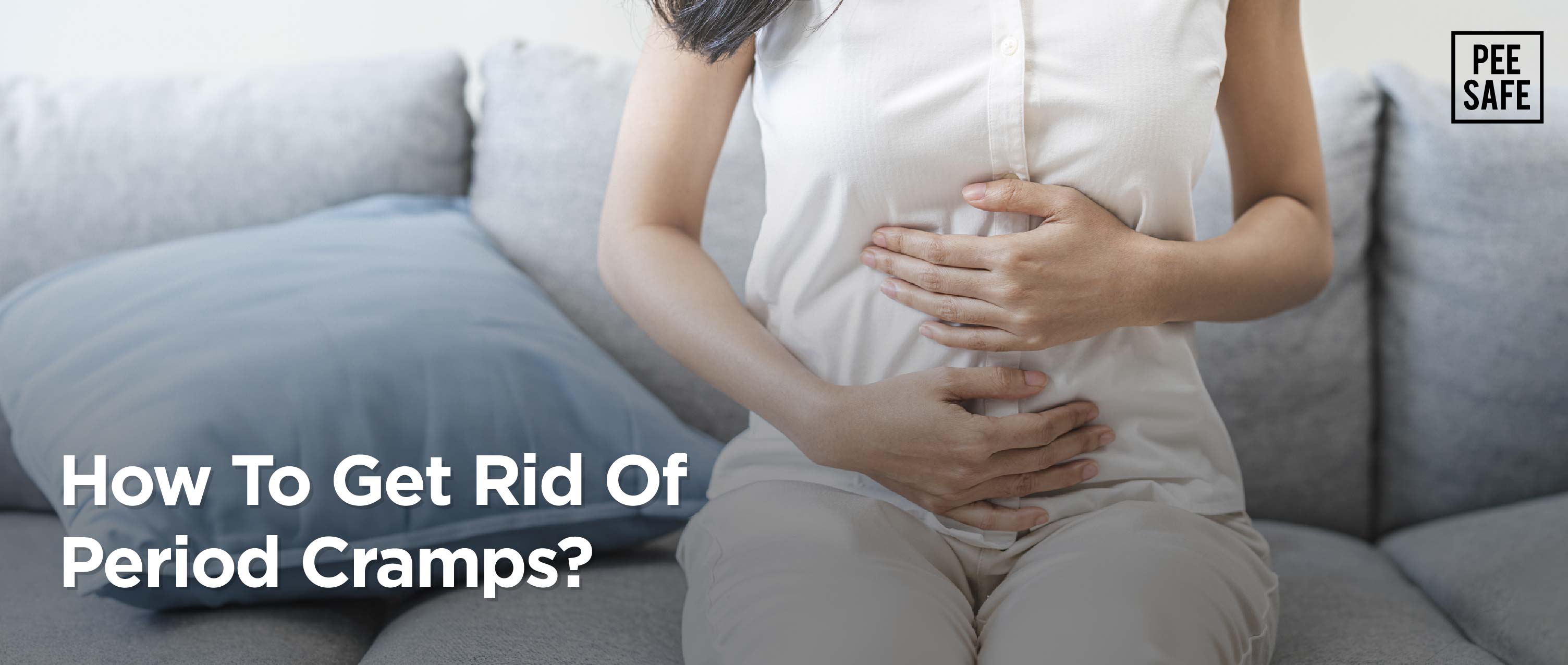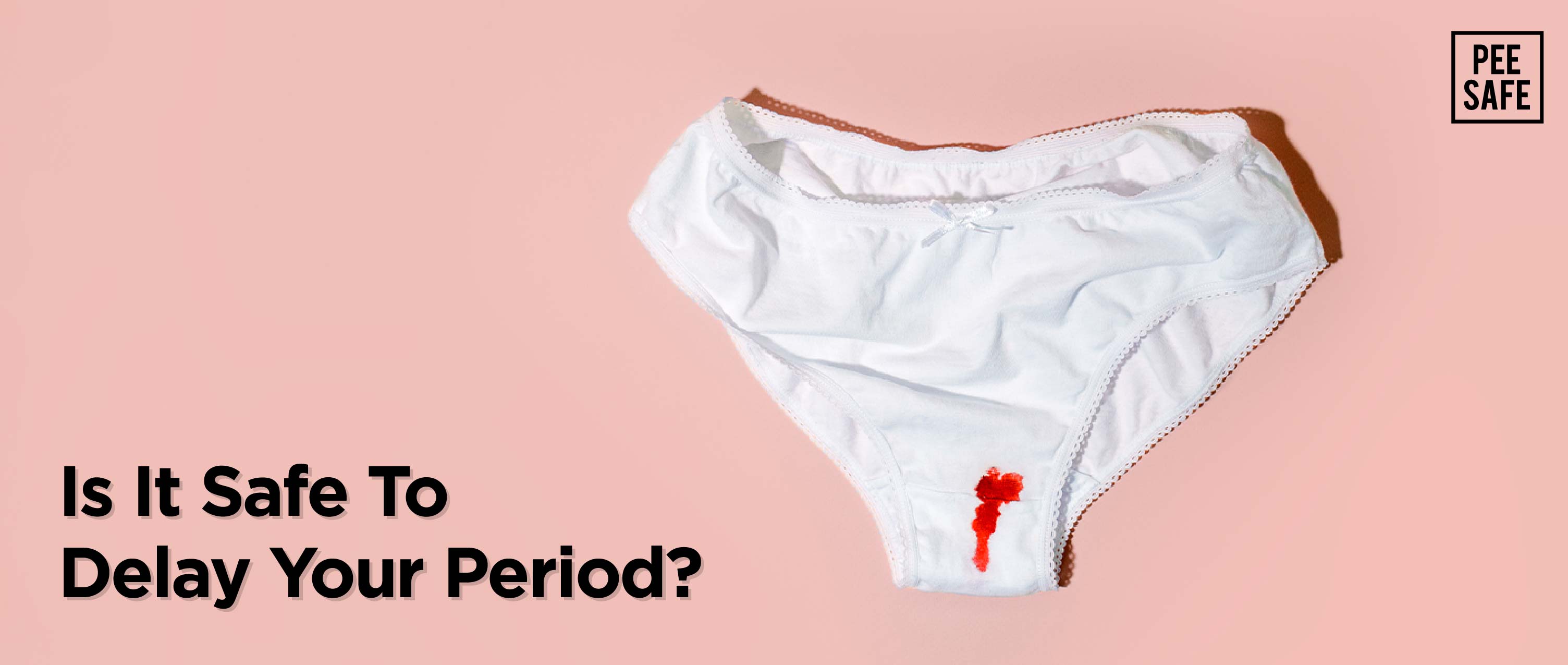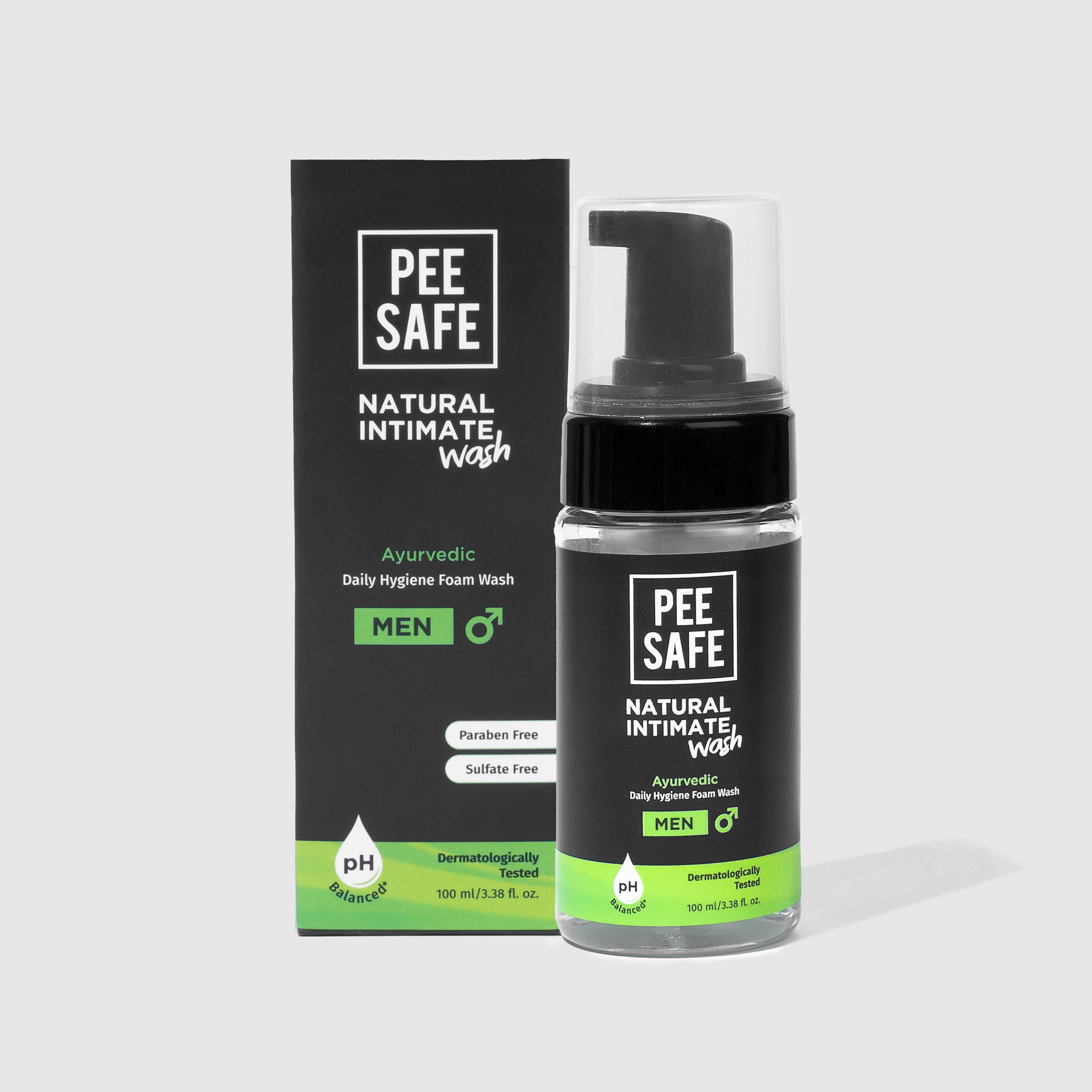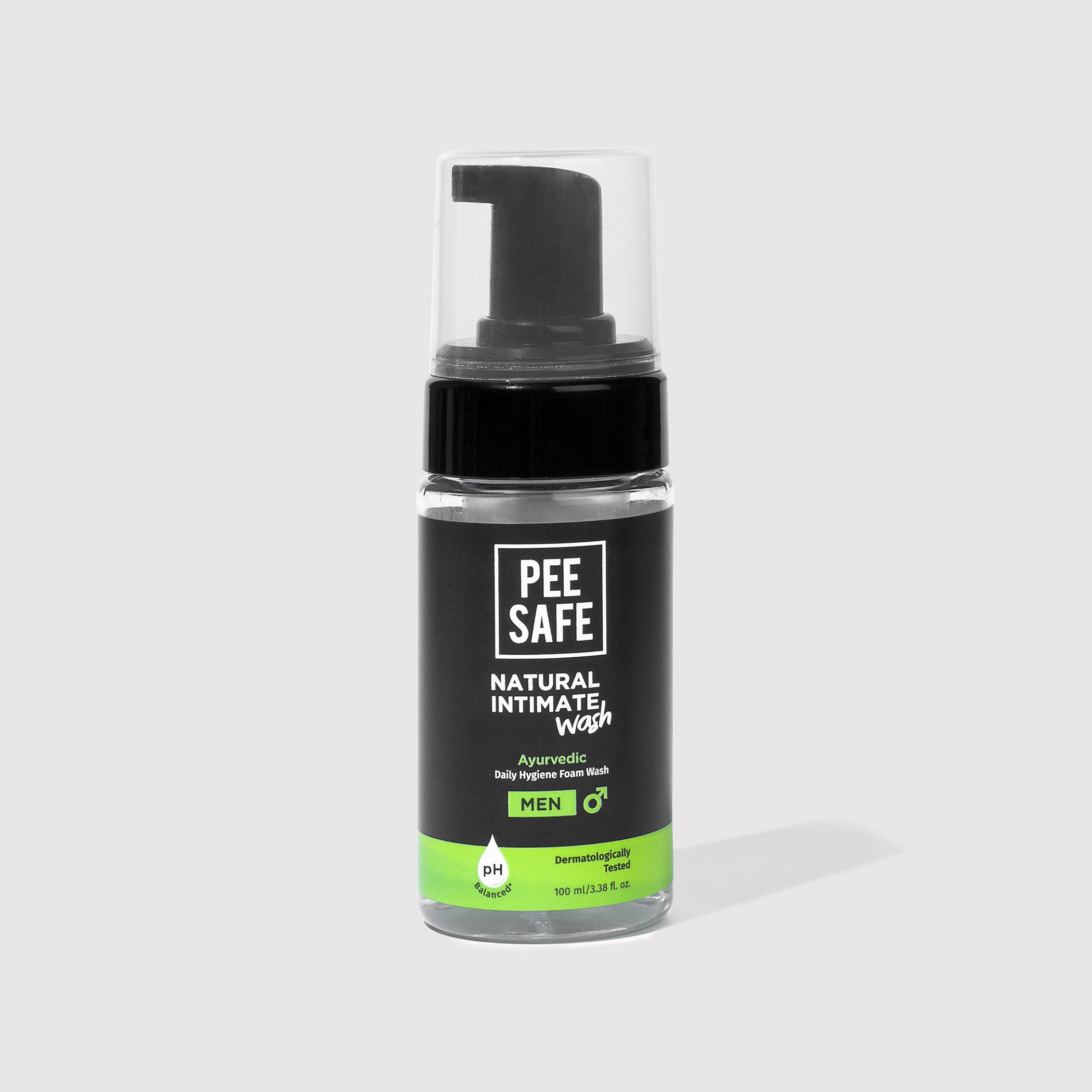Premenstrual Syndrome is a collection of physical and emotional symptoms that menstruators experience after ovulation and before the start of their menstrual period. Most menstruators get premenstrual symptoms such as bloating, headaches, mood swings, sore breasts and also cramps. While PMS is a very common phenomenon, it can vary significantly in its intensity and manifestation from person to person. Understanding PMS and learning how to manage it, involves recognizing the symptoms, and managing it in effective ways to minimize its impact on your daily life.
There is no said treatment or tests available for premenstrual syndrome treatment yet. However, it is crucial for you to track and record your usual PMS symptoms and patterns to understand your body better and manage your forthcoming PMS with ease.
With a lot of information out there with regard to PMS, you might find it difficult to find the right guide to help you navigate your way through it. We are here to help you manage your PMS better.
6 Tips To Manage PMS
Here are a few tips to help you manage your PMS better:
- Exercise and stay physically active For many menstruators lifestyle changes can help relieve PMS symptoms. An active lifestyle reduces your chances of experiencing severe PMS symptoms. If you experience PMS symptoms, try to incorporate at least 30 minutes of physical activity on most days.
- Consume a healthy and a balanced diet Maintain a healthy and nourishing balanced diet as it can significantly impact your PMS symptoms. Try to limit salt and sugar to alleviate bloating and fluid retention. Consume a magnesium-rich diet (green leafy vegetables, nuts, whole grains) and foods high in complex carbohydrates as it helps to relieve PMS symptoms. Vitamins and minerals such as Vitamin B6 and calcium are also known to reduce some symptoms.
- Maintain a healthy sleep cycle During the premenstrual phase, hormonal fluctuations can disrupt your sleep patterns and lead to fatigue. It is important for you to get about 8 hours of sleep on most days to reduce PMS symptoms. Establish a healthy sleep routine and ensure that you have a comfortable sleeping environment.
- Try mindfulness and reduce stress The combination of stress and PMS might create a cycle of exacerbation. If you experience anxiety as a part of your PMS try calming yourself with yoga, breathing exercises, journaling, or other mindful activities.
- Medication Albeit, there is no lab tested diagnosis for PMS, you can try basic over-the-counter pain relievers to lessen the physical symptoms such as cramps, headaches, backaches, and sore breasts.
- Avoid tobacco and alcohol If you are someone who experiences severe PMS symptoms, refrain from smoking and drinking as it might worsen PMS symptoms.
Conclusion
Dealing with premenstrual syndrome requires a holistic approach that encompasses factors covering physical, emotional as well as lifestyle aspects. By understanding and analyzing the pattern of your PMS, you can empower yourself to navigate through the challenges that you face throughout your premenstrual phase. Remember that it is important to be patient and kind with yourself in order to navigate your PMS with ease. To know more, visit the Pee Safe website.
-
✍️ This article was curated by Manisha Shah




